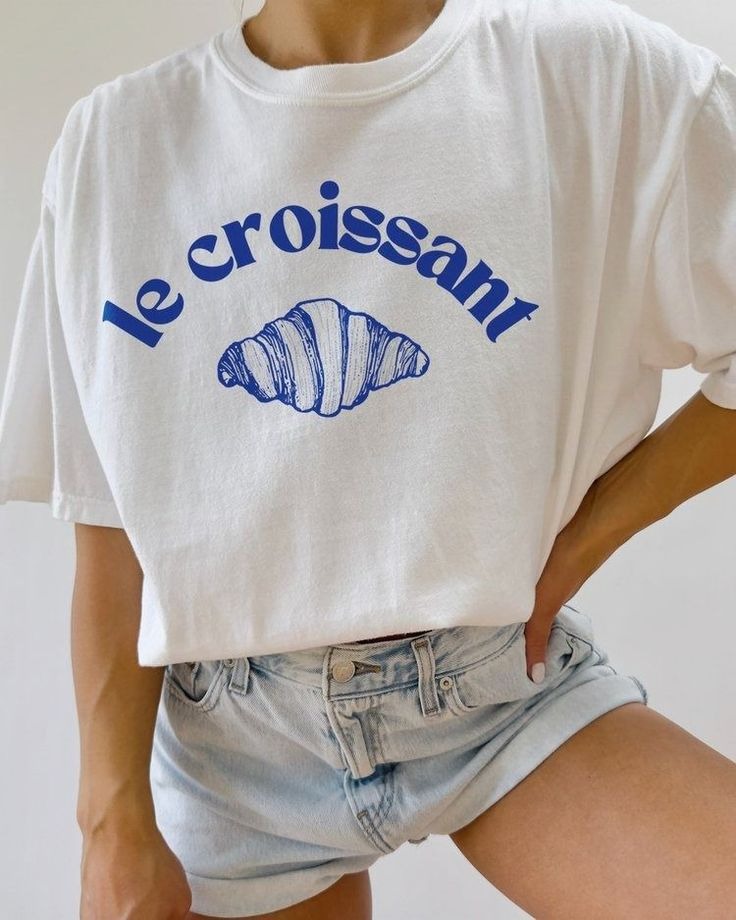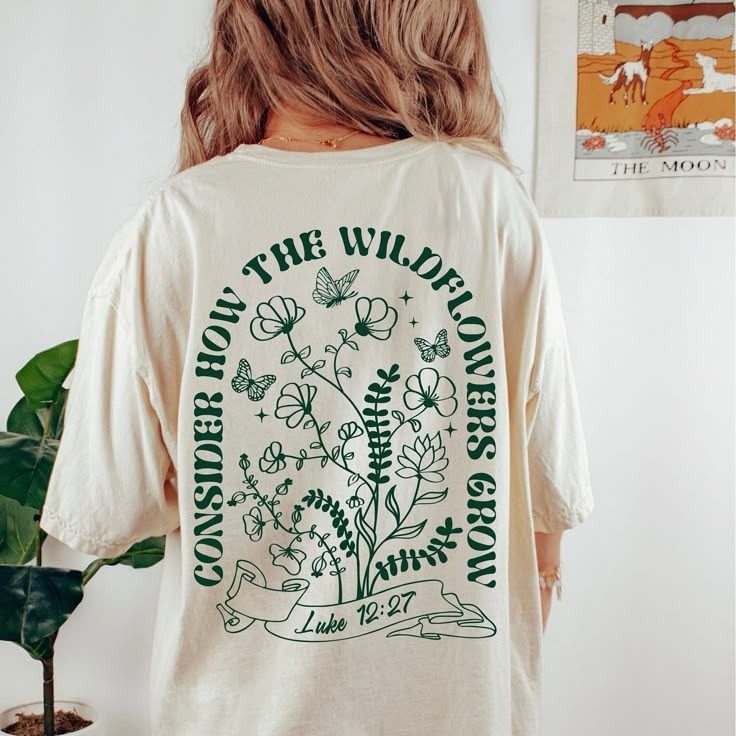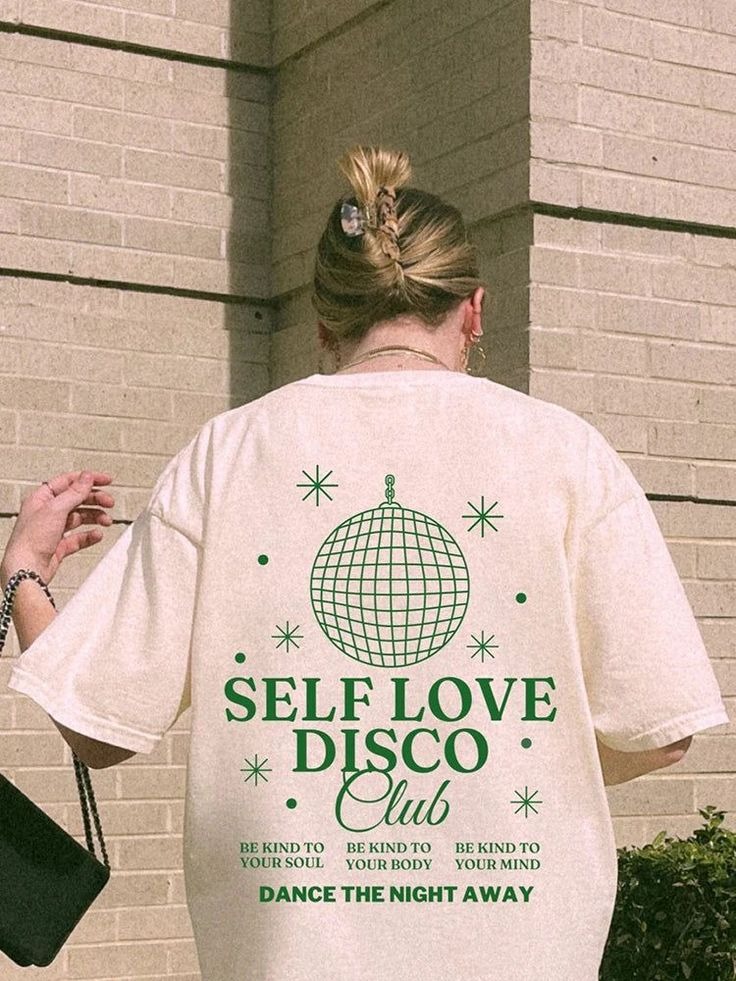Unraveling the T Shirt Phenomenon: A Comprehensive Exploration
Introduction
The T shirt stands as a remarkable example of how simplicity in design can yield profound cultural and economic impact. Although it originates as a humble undergarment, the T shirt has evolved into a global icon embraced by diverse communities, industries, and artistic movements. This exploration delves deeply into the manifold aspects of the T shirt, tracing its historical beginnings, examining its role in personal and collective identity, and illuminating the forces shaping its future trajectory.
Origins and Early Adoption
The T shirt’s journey began in the early twentieth century as a practical garment for laborers and military personnel. In the sweltering heat of tropical deployments, soldiers sought lightweight apparel beneath heavy uniforms. Garment makers responded by separating the two components of the traditional union suit, offering an upper piece that conformed loosely to the body while permitting airflow. This simple innovation quickly spread beyond the armed forces to civilian life. Households in urban and rural settings alike adopted the T shirt as an underlayer for comfort and ease. Its loose fit and soft cotton fabric provided a reprieve from rigid shirts and constricting collars, laying the groundwork for a revolution in casual dress.
Adoption by Popular Culture
By mid century the T shirt had migrated from the private sphere to the public eye. Film and music icons played pivotal roles in cementing its status as a symbol of youthful rebellion and relaxed style. When emerging actors appeared onscreen sporting plain tops, audiences took notice. That image of nonchalance resonated deeply with adolescents seeking alternatives to formal attire. Musicians in underground clubs and on festival stages handed out hand printed tops as a form of tangible connection with their fans. This fusion of culture and commerce transformed the T shirt into a wearable badge of belonging. By the seventies and eighties the plain shirt had become a blank canvas for slogans and graphics, an approach that would redefine the garment’s identity for generations.
Materials and Craftsmanship
Although cotton remains the fabric of choice for many T shirts, advances in textile engineering have greatly expanded possibilities. Lightweight cotton blends introduce synthetic fibers to enhance durability and quick drying properties. Organic cultivars reduce pesticide use while delivering the same softness prized by wearers. Bamboo and modal yarns offer silk like textures and superior moisture management. Crafting a high quality T shirt now involves careful selection of yarn weight and knit type to achieve the desired drape and resilience. Seam construction techniques ensure that the shirt retains its shape wash after wash. As material science advances, the line between casual top and technical garment continues to blur, inviting consumers to reconsider preconceived notions of what a simple shirt can accomplish.
Design Diversity and Aesthetic Innovation
From a structural viewpoint the T shirt can take many forms while retaining its essential identity. Collar shapes range from the quintessential round neck to deeper scoop openings that accentuate neckline and collar bone. Sleeve lengths vary from cap to elbow length, catering to seasonal preferences and stylistic statements. Fit profiles extend from body conscious silhouettes to voluminous drapes that echo modern art installations. The most arresting transformation concerns surface design. Digital printing enables complex photographic reproductions and gradient fades that were impossible with traditional screen printing. Embroidery and applique techniques reintroduce artisanal touches. Dye techniques produce tonal variations that recall handcrafted indigo vats. In every instance the T shirt becomes an expression of aesthetic vision.
The T Shirt as Personal Statement
One of the most compelling attributes of the T shirt is its capacity to convey personal narrative. The wearer’s choice of graphic, color palette or slogan speaks volumes without uttering a single word. Bands, artists and social movements have harnessed this power to broadcast messages and foster solidarity. Souvenir shirts serve as mementos of concerts or sporting events, preserving memories in textile form. Within certain subcultures the T shirt functions as a silent lexicon of mutual recognition. Two enthusiasts passing each other on the street may share a knowing glance at a shared emblem, creating an instant connection. That ability to unify individuals around common passions underscores the garment’s enduring appeal.
Global Perspectives and Regional Flavors
While the basic cut of the T shirt remains universal, regional traditions and local tastes infuse the garment with distinctive flavors. In parts of South America bright hues and folkloric motifs adorn the shirt, celebrating indigenous artistic heritage. African designers incorporate wax prints and hand beading to fuse ancestral craftsmanship with contemporary silhouettes. East Asian markets often favor shirts emblazoned with English words or phrases that signal global chic even when the literal meaning may be whimsical. In Western Europe minimalist studios produce monochrome designs that rely on impeccable tailoring and subtle logos to convey understated luxury. These regional reinterpretations highlight the T shirt’s remarkable adaptability across cultural landscapes.
Economic Impact and Ethical Imperatives
The T shirt industry represents a multibillion dollar segment of the global textile market. Low cost manufacturing hubs enable vast quantities of shirts to reach consumers at price points once unimaginable. Yet this economic scale carries ethical and environmental consequences. Conventional cotton cultivation strains water supplies in vulnerable regions and employs chemical inputs that harm ecosystems. Garment production in factories often confronts issues of worker welfare and labor rights. A growing movement advocates for transparent supply chains and fair trade certifications to guarantee safe conditions and equitable wages. Brands are exploring traceability platforms that allow customers to follow a shirt’s journey from farm to factory to storefront. Such initiatives aim to harmonize consumer demand for affordability with a commitment to social responsibility.
Digital Transformation and Consumer Engagement
The digital age has reshaped every dimension of the T shirt experience. Social media platforms serve as virtual storefronts where micro brands and independent artists find audiences without traditional retail overhead. Print on demand services reduce inventory waste by producing each shirt only after purchase. Interactive customization tools let buyers upload images or craft their own slogans, turning the process into a collaborative design exercise. Crowdfunding campaigns have emerged to underwrite innovative concepts, from glow reactive inks to modular shirts that adapt to different styles. Through targeted analytics, brands can tailor new releases to regional preferences or seasonal trends. Digital engagement extends beyond the transaction, fostering communities where customers share styling tips and reviews, deepening brand loyalty.
Sustainability and Circularity
In response to mounting environmental concerns, the concept of circular fashion has gained traction within the T shirt sector. Cradle to cradle philosophies guide the design of shirts that can be fully reclaimed at end of life and reborn as new fibers or insulation material. Biodegradable yarns break down harmlessly in composting environments, departing from the linear make use discard model. Localized take back schemes incentivize consumers to return worn shirts in exchange for discounts on future purchases. Repair workshops encourage extending garment life by teaching mending techniques that boost personal connection to the shirt. Brands partner with recycling plants to sort and process textiles at scale, converting discarded shirts into yarn blends for insulation or automotive padding. Collectively these strategies signal a profound shift toward responsible stewardship of resources.
The T Shirt in Cultural Narratives
Academic and museum researchers have increasingly recognized the T shirt as a potent artifact of social history. Exhibitions chart the progression from utilitarian undergarment to a platform for protest and protest iconography. In scholarly treatises the shirt symbolizes democratization of fashion, enabling anyone to participate in creative expression regardless of status or means. Documentaries and written anthologies explore how prominent movements leveraged screen printed slogans on cotton canvases to galvanize support and disseminate ideas. The T shirt thus occupies a dual role as both everyday utility and historical record, archiving the values and aesthetics of each era.
Technological Frontiers and Future Directions
Emerging technologies promise to further redefine the boundaries of what a simple T shirt can achieve. Wearable electronics woven into fabric investigate health monitoring features such as heart rate detection or posture correction feedback. Smart textiles react dynamically to ambient temperature or moisture levels, adjusting breathability in real time. Three dimensional knitting techniques enable production of seamless shirts that reduce material waste and enhance comfort. Artificial intelligence driven design platforms analyze social media trends in real time to generate patterns that resonate with target audiences. Nanotechnology treatments impart stain resistance or antimicrobial properties, extending the garment’s lifespan. As these innovations mature, the T shirt may transcend its identity as mere apparel to become a multifunctional interface with the environment and the self.
Conclusion
The enduring success of the T shirt lies in its elegant simplicity paired with infinite potential for reinvention. Across a spectrum of contexts it adapts seamlessly to serve functional needs, aesthetic ambitions, and sociopolitical expression. Its trajectory from humble underlayer to global cultural artifact underscores the power of democratic design. As material science, digital platforms, and sustainability initiatives converge, the T shirt remains poised to reflect the evolving values of consumers and creators alike. In embracing the past while anticipating future possibilities, this unassuming garment continues to captivate hearts and minds around the world. The story of the T shirt is far from complete; it is an open canvas waiting for new chapters shaped by voices yet to be heard.




